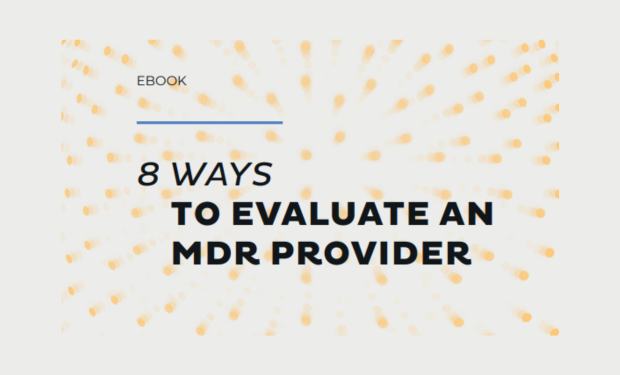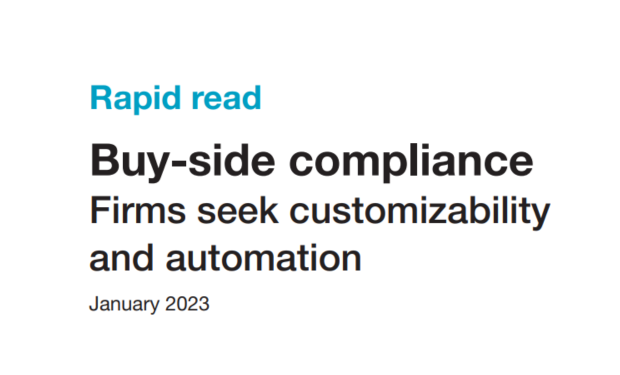Modern cloud-based environments incorporate an overwhelming number of applications. Unlike on-premises software where updates can be pushed to a corporate-owned device sitting on a corporate network, software-as-a-service (SaaS) applications are code-based. Increased complexity comes from many other sources, such as the adoption of hybrid cloud infrastructure, the proliferation of end-user devices due to BYOD policies, as well as the increased number of employees working from home. This leaves many organizations struggling to track and maintain secure configurations.
In response, some organizations invested in cybersecurity technologies, intending to enable a more robust posture. The pace of adoption, however, led to yet another problem. Rapidly adopting technologies often meant adopting disconnected point solutions. These tools closed a specific security gap, but they created additional problems. An overwhelmingly high volume of alerts, many of which are false positives, can make it nearly impossible to follow incident response processes. The result is companies have an abundance of security tools, yet still lack visibility.



